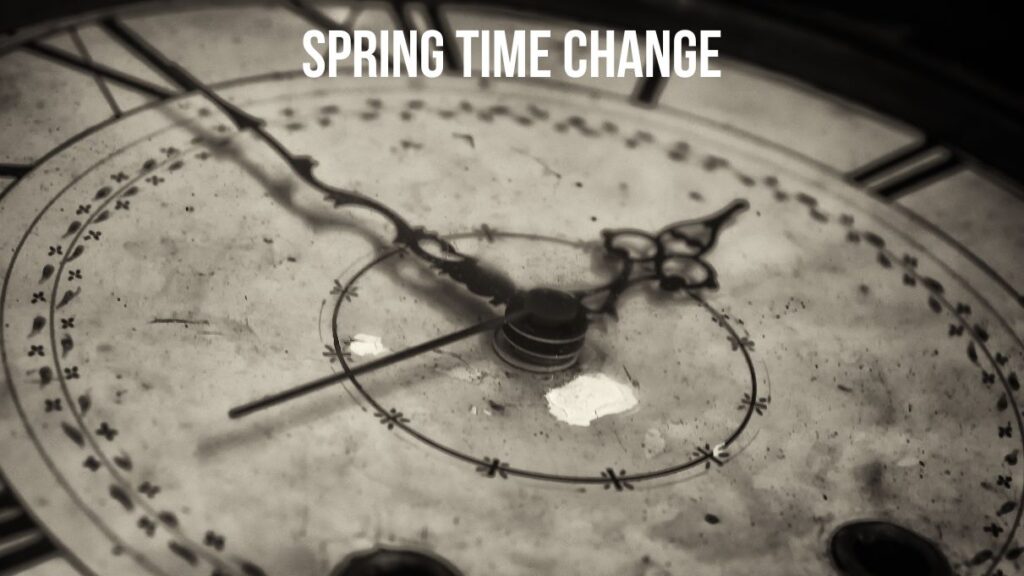
Are you ready to loose one hour of your sleep till November. In this article we are going to write in detail about when the daylight saving time changing in 2024,how does it work, how to decide when to change the clocks each year and why is it important.
What Is Spring Time Change?
The technique of advancing clocks to better utilize the longer daylight available during summer, so that night falls at a later clock time, is known as Spring Time Change or daylight saving time (DST). When DST is in effect, clocks are usually moved one hour forward in the spring or late winter and back one hour to standard time in the fall.
DST in USA is Sunday, March 10, 2024.
On November 3, 2024, Sunday, the clocks go back.
How Does Daylight Saving Time Work?
In the United States, Spring Time Change begins on the second Sunday of March and concludes on the first Sunday of November. The time shift occurs in the early hours of Sunday, granting an extra hour of sunlight in the evenings during warmer seasons until the clocks revert back in the fall.
In March, the time change occurred at 2 a.m. on the second Sunday, automatically adjusted by most modern computer operating systems and electronic clocks, as highlighted by the National Institute of Standards and Technology.
In November, we move our clocks back by an hour, returning to standard time.
A simple way to remember this is: “Spring forward, fall back.” Some places, like Hawaii and parts of Arizona, don’t follow daylight saving time.
How to Decide When to Change Clocks Each Year?
On the second Sunday of March each year, daylight saving time kicks in at 2 in the morning. According to the National Institute of Standards and Technology, this implies that at two in the morning local time, the local time jumps ahead to three in the morning, meaning there is one hour less in that day.
Similarly, the first Sunday in November symbolizes the last day of daylight saving time each year. This indicates that there will be one extra hour in that day because the local time goes back to 1 a.m. at 2 a.m. and repeats that hour.
The federal law that establishes those start and end dates has undergone several amendments over the years. Other daylight saving nations, such as those in Europe, use a little different schedules for their time shifts.
Why is Daylight Saving Time Important?
Due to the practice of “Spring Time Change,” daylight lasts an extra hour in the evening and an hour early in the morning. The aim is to keep daylight hours in line with the times when most people are working outside . Since more people are outside and less at home during the warmer months, daylight saving time tries to preserve energy.
Also read: Trump’s Ballot Battle: Supreme Court in the Spotlight!
FAQ
We are going to loose one hour of sleep on March 10,2024.
Daylight Savings Time End means to set the clock back to one hour.
Choosing Standard Time year-round would mean noticeably earlier summer sunsets, with the sun never setting after 8 p.m. The advantage is avoiding clock changes, and mornings would never experience truly late sunrises.
Many states have considered this proposal but since 2022, no state has passed any new laws.
Yes, it will be on March 8,2026.
Hawaii and most of Arizona are opted out of Daylight Savings Time.
Yes, they resets their clocks twice every year.
It started on April 12, 1966, by President Lyndon Johnson.
As a way to save energy during World War I, Germany implemented DST in 1916. The United States adopted it in 1918.
